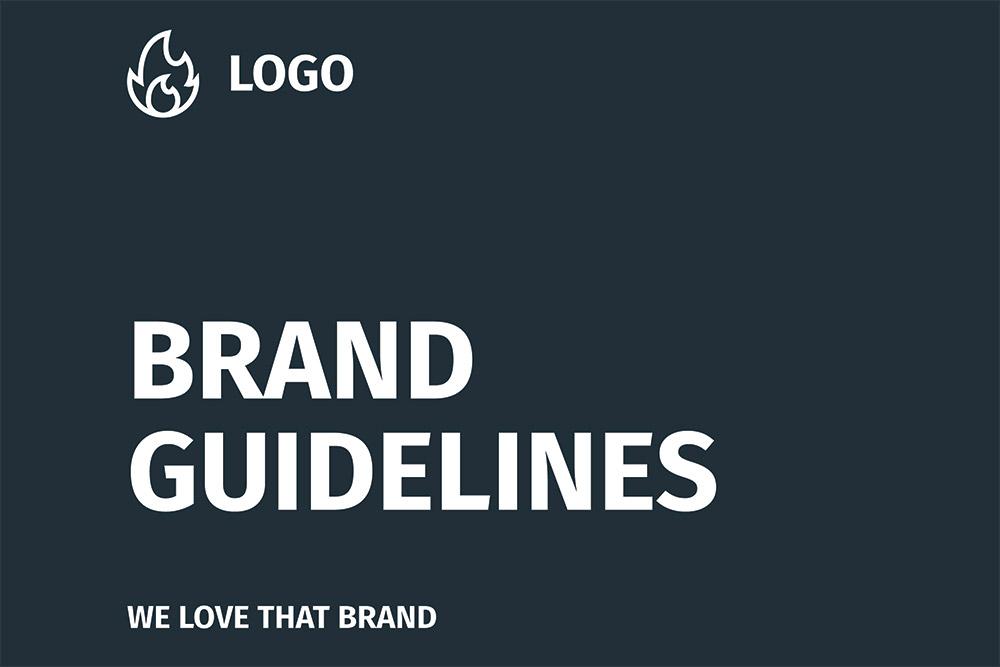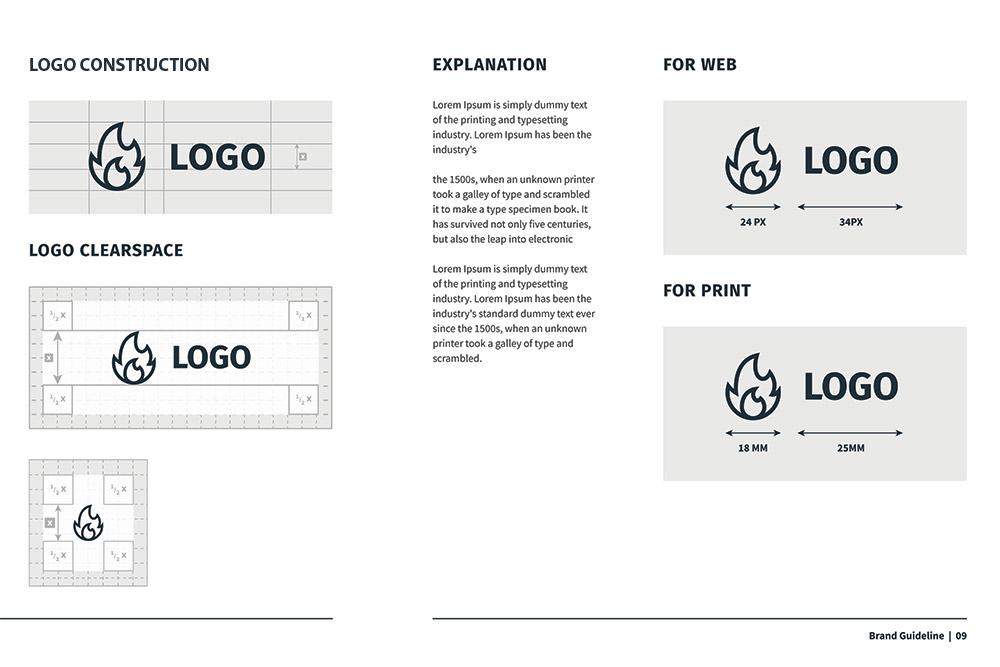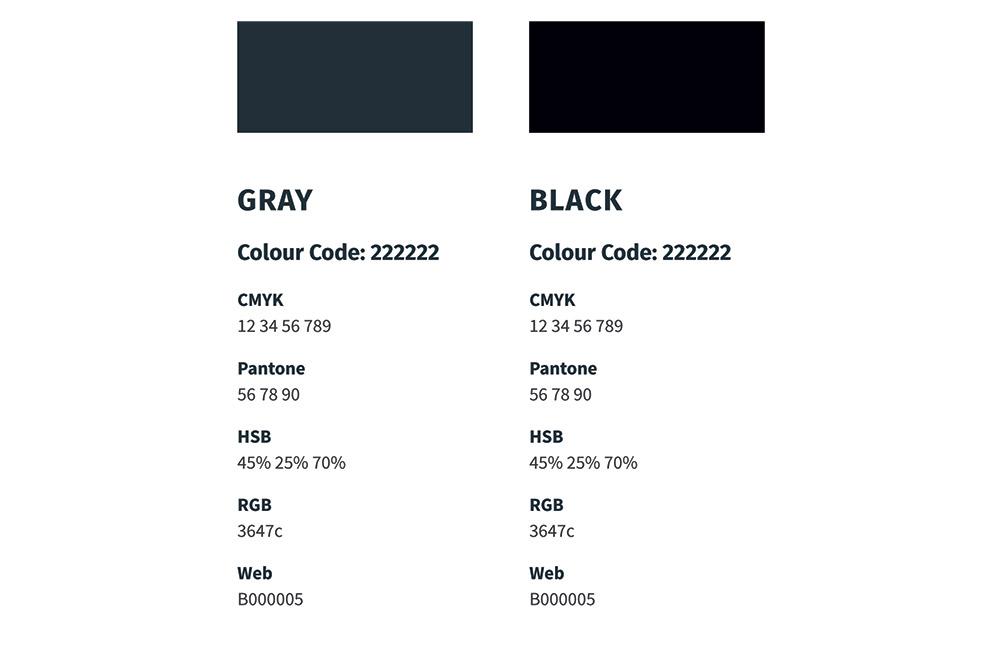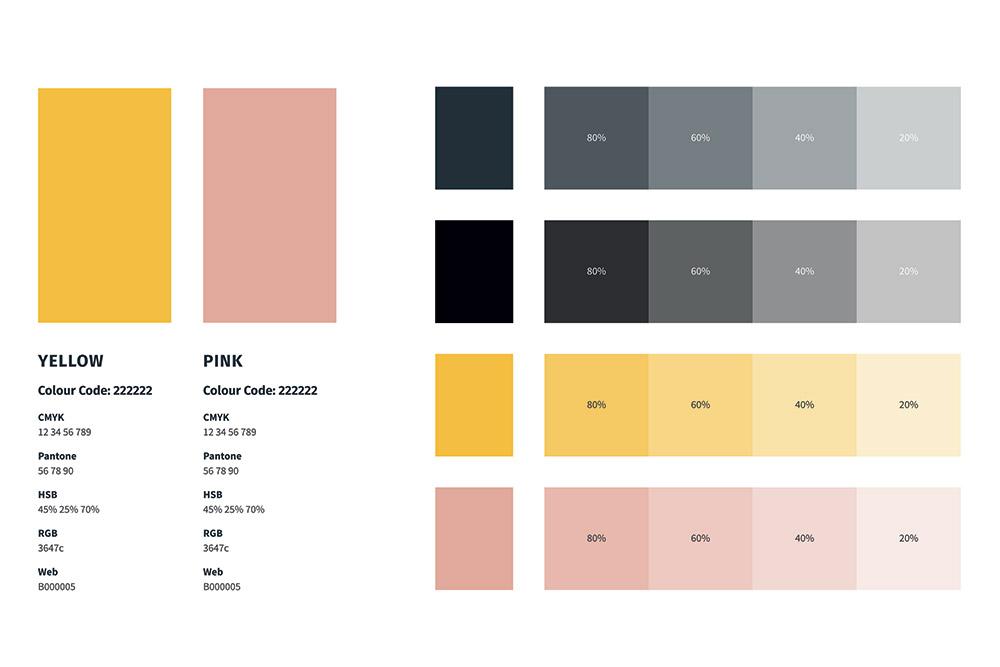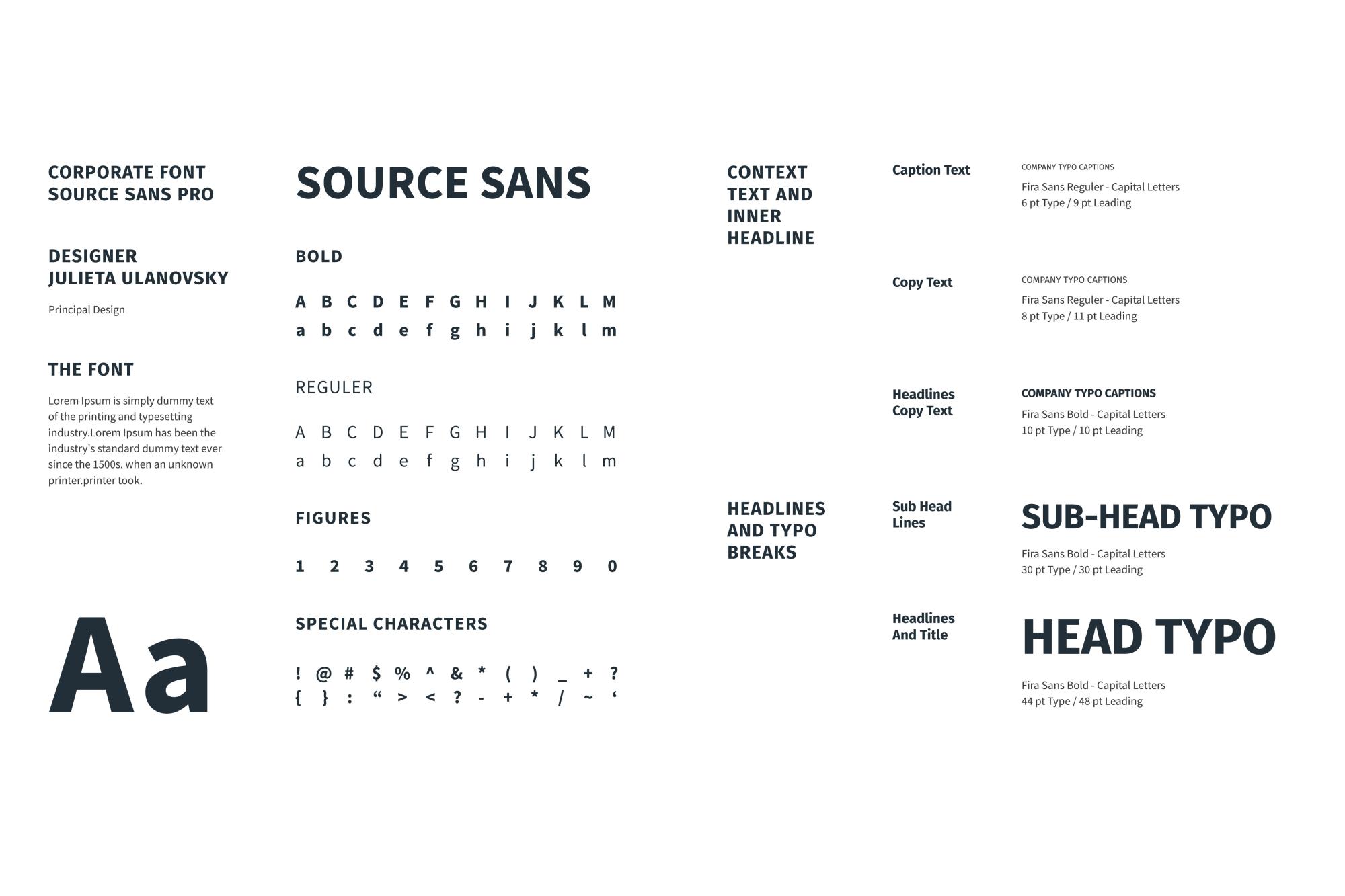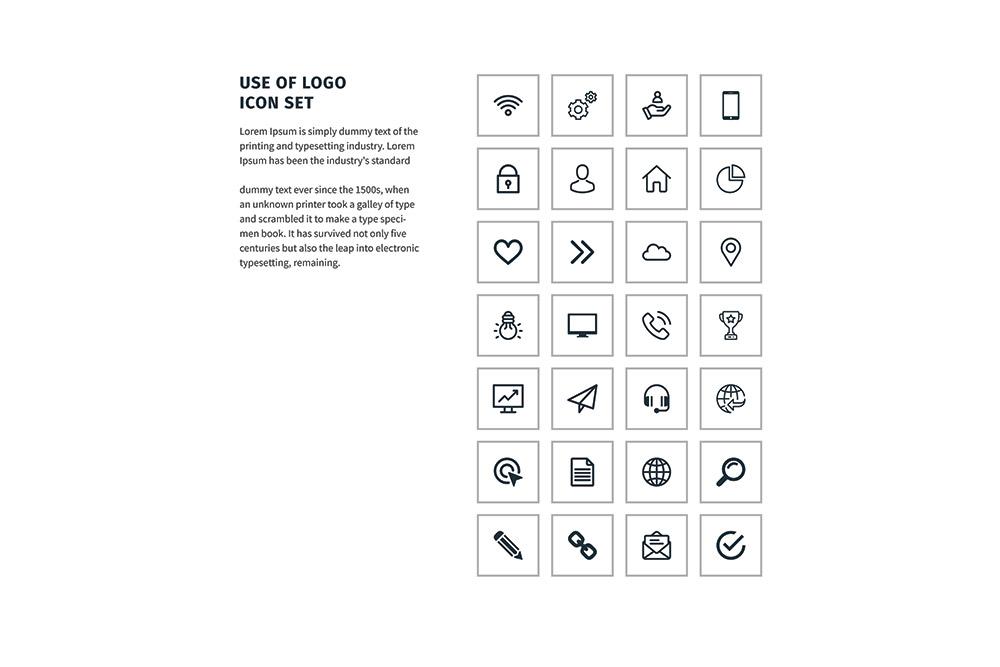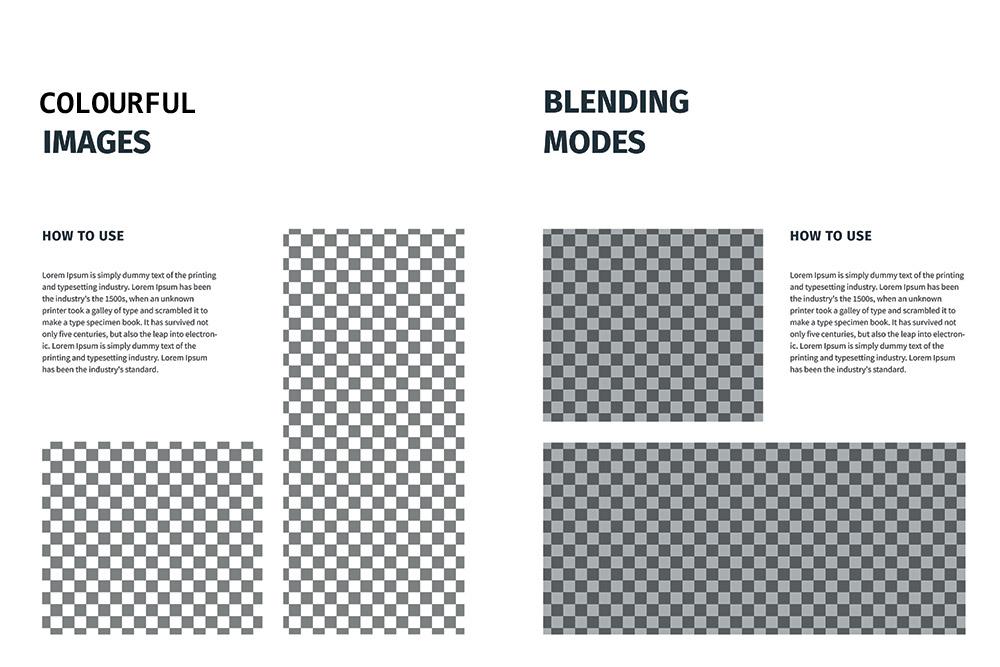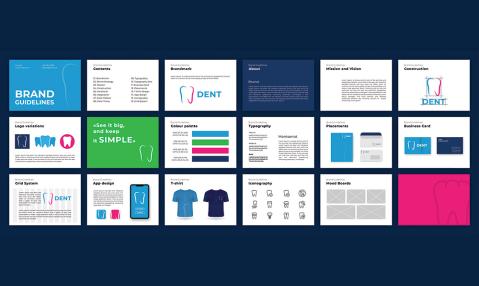In modern marketing, where every interaction matters, brand guidelines stand as the beacon guiding consistent and coherent communication.
This document encapsulates the essence of a brand's story, providing a road-map for maintaining cohesion across various touch-points. Whether you're launching a startup or revitalising an established brand, creating a comprehensive brand guideline document is essential for fostering recognition, trust, and loyalty among your audience. Here's a step-by-step guide to crafting a brand guideline document that captures the essence of your brand and ensures consistency in every communication.

